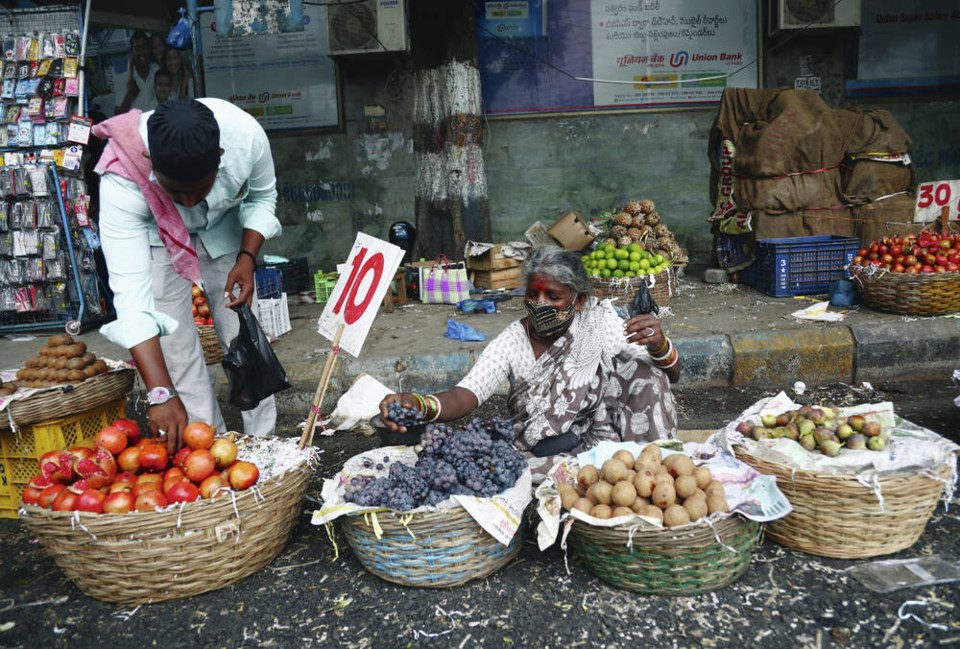Alongside an ecologically unsustainable economic system and way of life, the world faces a second grand challenge: a socially unsustainable level of inequality within and between nations and communities.
High levels of inequality are incompatible with a well-being society, which the World Health Organization’s Geneva Charter for Well-being defines as one with equitable health.
Health inequalities are greatly influenced by the level of inequality in society, as noted by Richard Wilkinson and Kate Pickett in their 2009 book The Spirit Level. They showed clearly that in high-income countries, for a range of health and social outcomes, it is not the level of GDP that affects how well they do, but the degree of inequality within the country; the more unequal they are, the worse they perform.
Inequality is corrosive. As French philosopher Raymond Aron has said: “When inequality becomes too great, the idea of community becomes impossible.”
That is also true globally: “Bonds across countries do not work when bonds within them are broken,” noted the UN’s recent report Our Common Agenda.
Which brings me to the World Inequality Report 2022, released in December. The report is published by the World Inequality Lab, based in France, whose major funders include the European Research Council, the Paris School of Economics, the Ford Foundation and a number of universities and research centers.
The report focuses on several aspects of inequality, including both income and wealth inequality as well as gender inequality. Unusually, it also focuses on inequalities in carbon emissions, which of course ties inequality directly back to an unsustainable way of life, especially when much of the world seems to want to emulate the “lifestyle of the rich and famous.”
Globally, the richest 10 per cent of the population takes 52 per cent of global income and holds 76 per cent of total wealth. Meanwhile, the poorest half of the population earns 8.5 percent of global income, while holding a mere two per cent of global wealth.
Moreover, the report notes: “Income and wealth inequalities have been on the rise nearly everywhere since the 1980s, following a series of deregulation and liberalization programs” — in other words, neoliberalism.
The authors also point out that “wealth is a major source of future economic gains,” so this increasing concentration of wealth “presages further increases in inequality.”
Indeed, if we look at the top one per cent globally, we see an extreme concentration of wealth and economic power: “Between 1995 and 2021, the top 1 per cent captured 38 per cent of the global increment in wealth, while the bottom 50 per cent captured a frightening [that is to say, frighteningly low] 2 per cent.”
This inequality is also reflected in the share of carbon emissions: “The top 10 per cent of emitters are responsible for close to 50 per cent of all emissions, while the bottom 50 per cent produce 12 per cent of the total.”
More dramatically, the top 10 per cent in North America not only emit more than seven times the emissions of the bottom half, per person, they also emit more than twice the amount of the top 10 per cent in Europe.
The situation for Canada is only marginally better. The top 10 per cent took 40 per cent of income and held 57 per cent of wealth, while the bottom 50 per cent took a mere 15 per cent of all income and held not quite six per cent of total wealth. At the very top, the top one per cent took almost 15 per cent of all income and held one-quarter of all wealth.
Canada’s carbon emissions are telling: While the bottom half in 2019 emitted 10 tonnes per year, the top 10 per cent emitted 60 tonnes, and the top one per cent an astonishing 190 tonnes, 10 times the national average. Even worse, while the bottom 90 per cent have reduced their emissions by about four tonnes per person, the top 10 per cent actually increased their emissions by the same amount!
But perhaps the most important statement in the report is this: “Inequality is not inevitable, it is a political choice.”
So it does not have to be this way. Next week, I will explore some of the policy responses needed to quell this obscene increase in inequality and the resultant extreme imbalance in power and influence.
Dr. Trevor Hancock is a retired professor and senior scholar at the University of Victoria’s School of Public Health and Social Policy.



